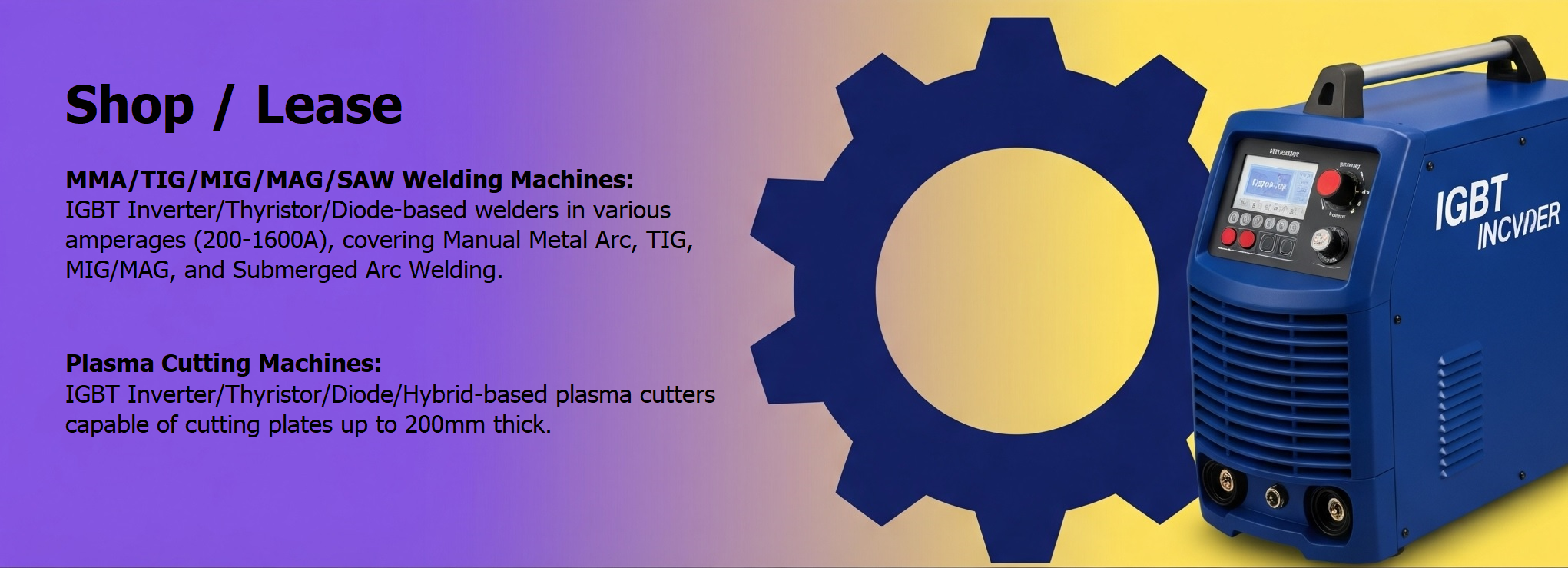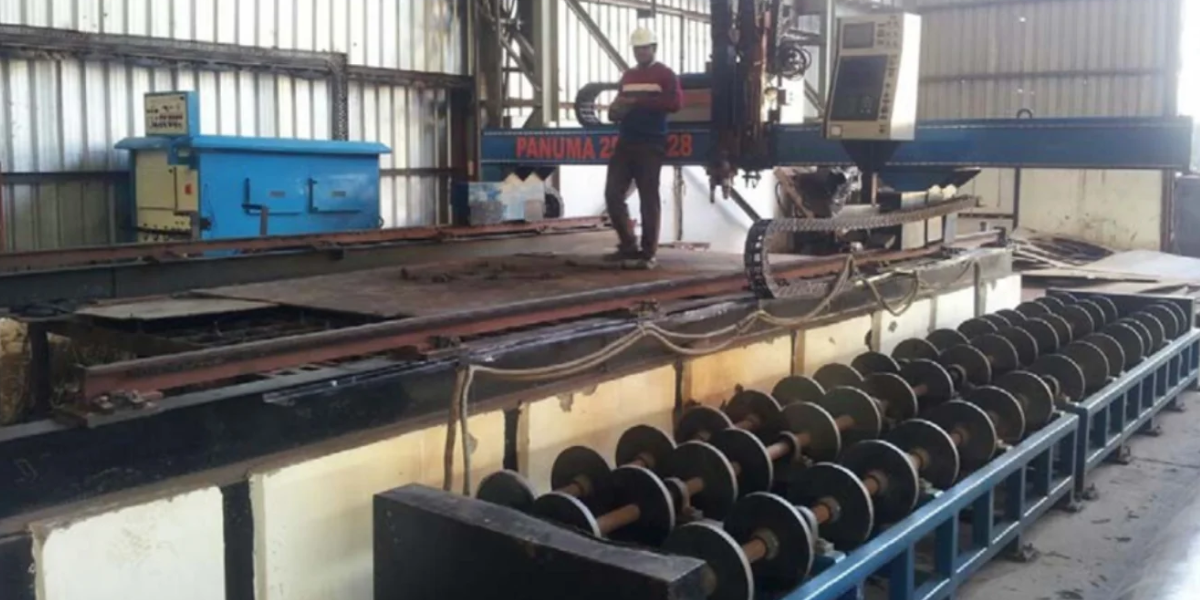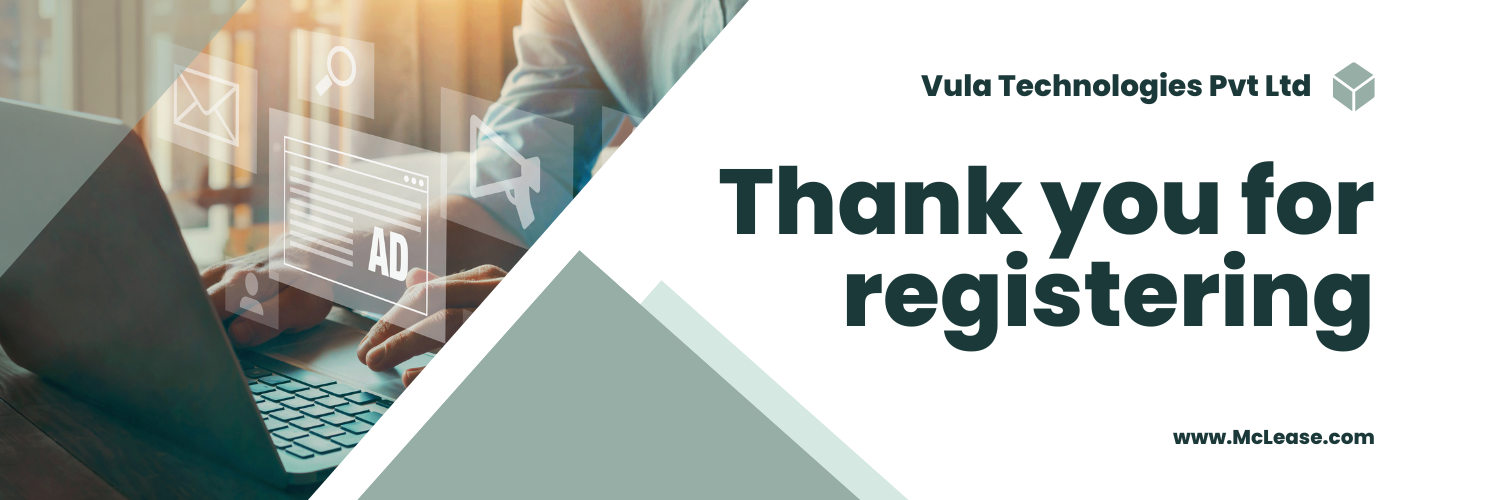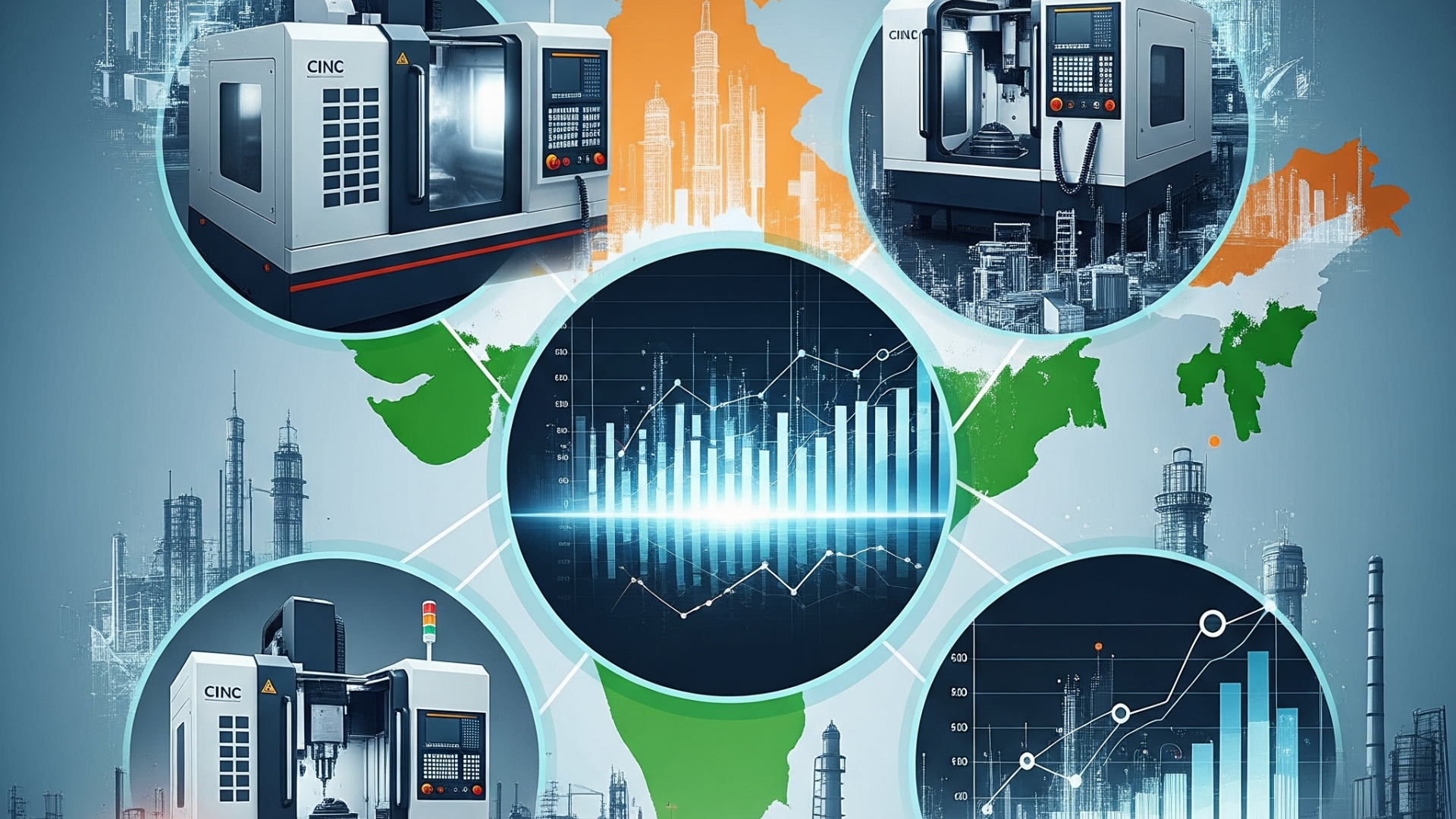
How to Choose the Right kW Fiber Laser for Cutting Mild Steel
Choosing the right kW (kilowatt) rating of a fiber laser for cutting mild steel (MS) depends primarily on:
-
Cutting thickness
-
Desired cutting speed
-
Edge quality
-
Type of assist gas (O₂ or N₂)
| Use Case | Recommended Power (kW) |
|---|---|
| Thin MS sheets (1–3 mm) | 1–2 kW |
| Mixed gauge fabrication (1–10 mm) | 3–6 kW |
| Heavy MS cutting (10–20 mm) | 6–12 kW |
| Very thick MS (>20 mm) | 12–30 kW (industrial only) |
| MS Thickness (mm) | Recommended Fiber Laser Power (kW) | Cut Quality | Notes |
|---|---|---|---|
| 0.5 – 1 mm | 1 – 2 kW | Excellent | Entry-level systems work well |
| 2 – 4 mm | 2 – 3 kW | Very good | Faster with nitrogen assist |
| 5 – 6 mm | 3 – 4 kW | Good | Clean cut with O₂, faster with N₂ (more costly) |
| 8 – 10 mm | 4 – 6 kW | Good | Higher power = faster & cleaner |
| 12 – 16 mm | 6 – 10 kW | Fair to Good | Needs high focus quality & proper nozzle design |
| 20 – 25 mm | 10 – 15 kW | Acceptable (slower speed) | Suitable for heavy fabrication work |
| > 25 mm | 15 – 30 kW | Industrial level | Requires top-end systems with special gas setups |
💡 Key Considerations
✅ Gas Choice
-
Oxygen (common for MS): Slight oxidation, cheaper gas, but slower speeds.
-
Nitrogen: Oxidation-free cuts, better edge quality, more expensive gas and higher pressure needed.
✅ Cutting Speed
Higher power allows faster cutting at same thickness. For example:
-
A 6 kW laser can cut 6 mm MS at ~2x the speed of a 3 kW laser.
✅ Edge Quality
-
Higher power = cleaner edges, less post-processing.
-
Very high power (>10 kW) is good for thick MS but needs careful beam management.
===================================================
| Process | Material Removed? | Material Added? | Purpose | Common Output |
|---|---|---|---|---|
| Laser Cleaning | ✅ Yes | ❌ No | Surface prep | Clean bare surface |
| Laser Cladding | ❌ No | ✅ Yes | Repair / coating | Enhanced surface layer |
| Laser Hardening | ❌ No | ❌ No | Surface hardening | Hardened metal surface |
| Laser Cutting | ✅ Yes | ❌ No | Shaping material | Separated parts/sheets |
| Laser Welding | ❌ No | ❌ (fusing only) | Joining materials | Welded joint or seam |
| Feature | Fiber Laser | CO₂ Laser | Disk Laser | Diode Laser |
|---|---|---|---|---|
| Wavelength | ~1.06 µm | 10.6 µm | ~1.03 µm | ~0.8–1 µm |
| Cutting Metals | ✅ Excellent | ⚠️ Moderate (thick only) | ✅ Excellent | ⚠️ Limited |
| Cutting Non-Metals | ❌ Poor | ✅ Excellent | ⚠️ Possible | ⚠️ Limited |
| Beam Quality | ✅ Excellent | ⚠️ Good | ✅ Excellent | ❌ Poor |
| Energy Efficiency | ✅ High (30–45%) | ❌ Low (10–15%) | ✅ High | ✅ Very High |
| Maintenance | ✅ Low | ❌ High (mirrors etc.) | ⚠️ Medium | ✅ Low |
| Cost | ⚠️ Higher upfront | ✅ Lower upfront | ⚠️ High | ✅ Low (for low power) |
-
Fiber Lasers dominate modern metal cutting/welding (especially with automation).
-
CO₂ Lasers are still used for non-metals and thick mild steel.
-
Disk Lasers are used where very high precision and power are needed.
-
Diode Lasers are used in surface treatment, cladding, and battery welding.
| Feature | Open-Type Machine | Closed-Type Machine |
|---|---|---|
| Design | Open structure, visible cutting bed | Enclosed with protective housing |
| Safety | ⚠️ Lower – needs strict safety protocols | ✅ High – protects operator from laser and fumes |
| Fume Extraction | Basic/optional | Integrated system |
| Visibility & Access | ✅ Easy to monitor and load manually | ❌ Less visible, auto/manual access through doors |
| Size & Portability | More compact, easier to move/install | Larger footprint |
| Compliance (CE, ISO) | Might not meet all industrial safety norms | ✅ Typically meets global safety standards |
| Best For | Job shops, small-scale operations |
Factories, industrial production |
| Feature | With Pallet Changer | Without Pallet Changer |
|---|---|---|
| Material Handling Time | ✅ Greatly reduced (auto loading/unloading) | ⏳ Manual, slower |
| Machine Uptime | ✅ Higher – cuts while next sheet is prepared | ❌ Lower – idle time during material change |
| Labor Requirement | ✅ Less – semi/fully automated | ❌ More – manual loading/unloading |
| Cost | 💰 Higher upfront cost | 💰 Lower cost |
| Throughput | ✅ Ideal for high-volume production | ⚠️ Suitable for small batches or prototyping |
| Complexity | ⚠️ Slightly more complex (hydraulics, automation) | ✅ Simpler to operate |
| Use Case | Recommended Setup |
|---|---|
| Job Shop / Prototype Workshop | Open-Type + No Pallet Changer |
| High-Volume Fabrication | Closed-Type + Pallet Changer |
| Mid-Scale Production | Open or Closed-Type + Pallet Changer (Optional) |
| Strict Safety/Compliance Needs | Closed-Type (mandatory) |




















